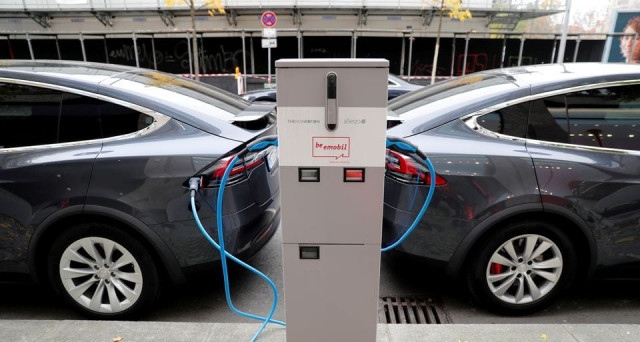EXPLAINER: Understanding structural EV batteries
Structural battery packs are so called because they are designed to reinforce the vehicle’s body and chassis

The newest generation of structural batteries for electric vehicles comes in a variety of shapes and sizes.
Structural battery packs are so called because they are designed to reinforce the vehicle’s body and chassis, while boosting driving range at a lower cost. There are many ways to accomplish those tasks through different battery chemistries and components.
Engineers speak of the traditional “Russian nesting doll” method of building battery packs: Start with the battery cells, which then are assembled into modules and finally loaded into a large pack.
If that pack is mounted directly to the vehicle frame or body and helps to stiffen and strengthen it, it is a “structural” battery.
Germany to have 1 million electric cars on the road in July
General Motors Co uses the Russian doll approach for its Ultium battery packs, mounting thin metal pouch-type cells into hard metal modules or “cans,” which in turn are inserted into a large pack that is nestled between the frame rails of its new Hummer EV.
For the newest version of its Model Y, which is scheduled to start production soon in Germany, Tesla Inc has designed a structural pack that does away with modules, bonding the large-format cylindrical battery cells together with structural adhesive and sandwiching them between two metal plates, which in turn are connected to the front and rear cast-metal structures of the vehicle.
Other companies have come up with their own versions of Tesla’s cell-to-pack concept, using thick metal cells called prismatics rather than cylindrical cells.



















COMMENTS
Comments are moderated and generally will be posted if they are on-topic and not abusive.
For more information, please see our Comments FAQ